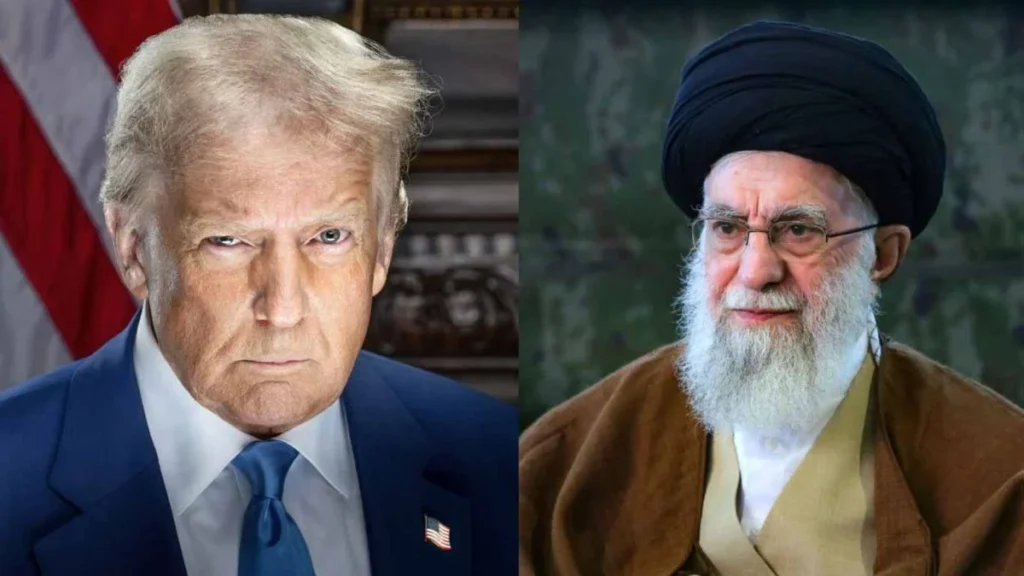Airstrikes Ignite New Political Fire
A day after the U.S. launched precision airstrikes on three major Iranian nuclear facilities under “Operation Midnight Hammer,” former President Donald Trump made headlines again. He publicly called for regime change in Iran, breaking away from earlier official statements that denied any such motive behind the strikes.

Trump’s post on Truth Social said, “It’s not politically correct to use the term, ‘Regime Change,’ but if the current Iranian Regime is unable to MAKE IRAN GREAT AGAIN, why wouldn’t there be a Regime change??? MIGA!!!” This statement triggered widespread discussion across diplomatic and global policy circles.
Diplomatic Tensions Rise
While many U.S. officials tried to assure the world that the strikes were strategic and limited in purpose, Trump’s language told a different story. His choice of words raised concerns among analysts. They fear that it could derail any ongoing diplomatic efforts between the U.S. and Iran.
Some critics believe that even if the military action was tactical, Trump’s messaging points toward a broader agenda. The fear is that these words may further isolate Iran and fuel regional instability.
Iran’s Official Silence and Global Reaction
Iran’s Supreme Leader Ayatollah Ali Khamenei has not issued an official response yet. However, global leaders and observers are closely monitoring the situation. Many fear that such rhetoric might invite retaliatory moves or increase pressure on Iran’s political establishment.
In the absence of a formal Iranian statement, the global community continues to speculate on how the regime will interpret and respond to Trump’s comments. For now, Iran seems to be weighing its next move, especially after key parts of its nuclear infrastructure were destroyed.
Succession Chatter Intensifies
Trump’s comments also revived discussions about Iran’s internal leadership. With ongoing concerns about Supreme Leader Khamenei’s health, questions around succession have grown louder.
According to Iran’s constitution, the next Supreme Leader is selected by the Assembly of Experts. This body consists of 88 elected clerics. A candidate must secure at least 45 votes to be confirmed. In emergencies, a temporary leadership council takes over, which includes the president, chief justice, and a cleric from the Guardian Council.
Key Contenders to Watch
Several names are circulating as potential successors:
- Alireza Arafi – A conservative figure and deputy chairman of the Assembly of Experts. He holds influence in Qom’s seminary system.
- Hashem Hosseini Bushehri – A senior cleric known for his calm persona and close ties with Khamenei. He currently heads the Qom Seminary Society.
- Gholam-Hossein Mohseni-Ejei – Iran’s current Chief Justice. He has deep intelligence and judicial experience from his work under President Ahmadinejad.
- Mojtaba Khamenei – The Supreme Leader’s son. While powerful behind the scenes, his candidacy is controversial due to Iran’s anti-monarchy roots.
Each of these figures brings a unique background and level of influence. But any choice would come under intense public and international scrutiny.
Global Leaders Urge Restraint
As succession speculation grows and U.S.-Iran tensions climb, world leaders have called for restraint. The recent airstrikes, combined with Trump’s provocative message, have created a volatile environment in the Middle East.
Many fear that this could escalate into a broader conflict. With diplomacy already fragile, global players like the EU and UN are urging both sides to avoid further provocation.
